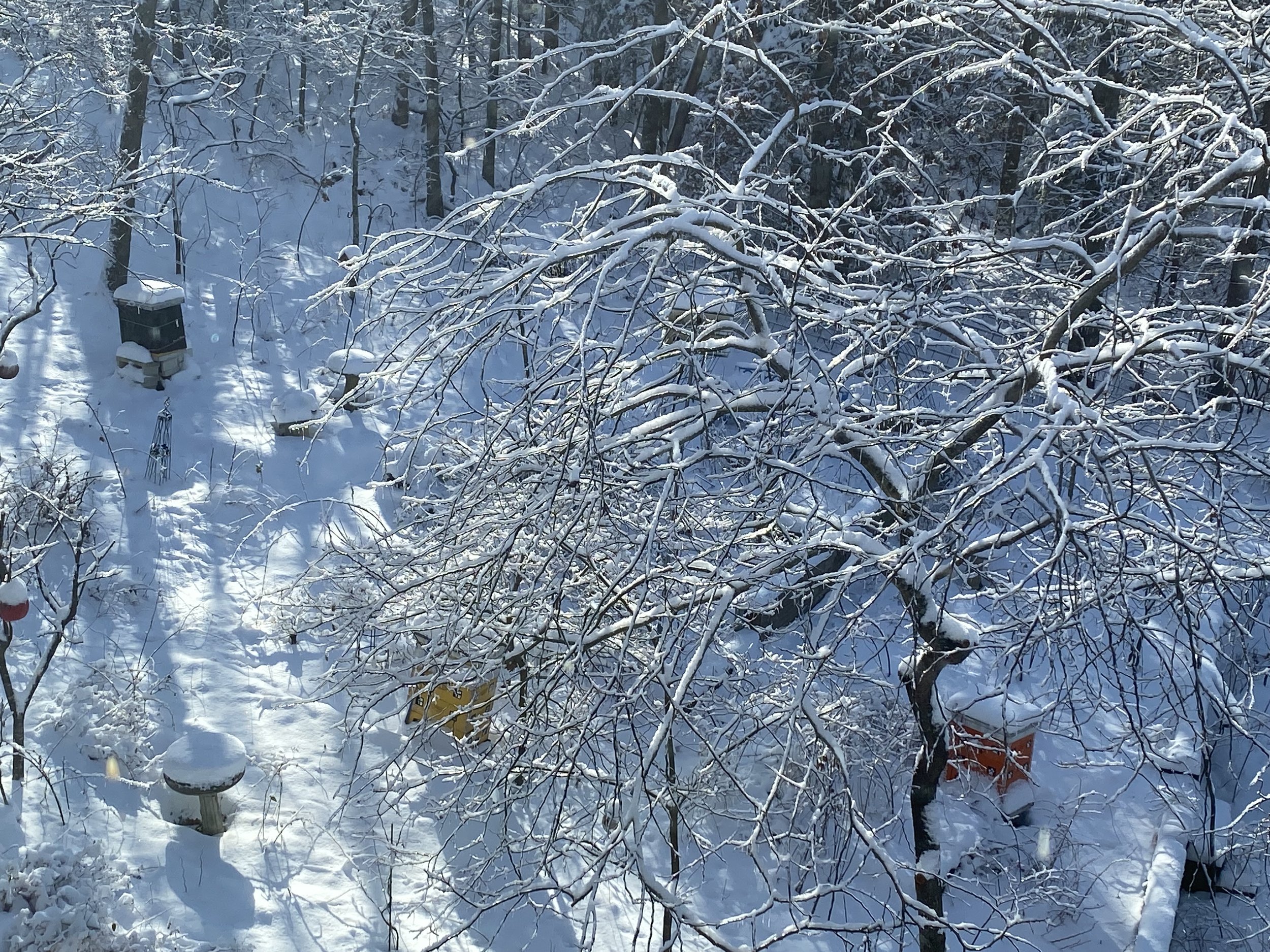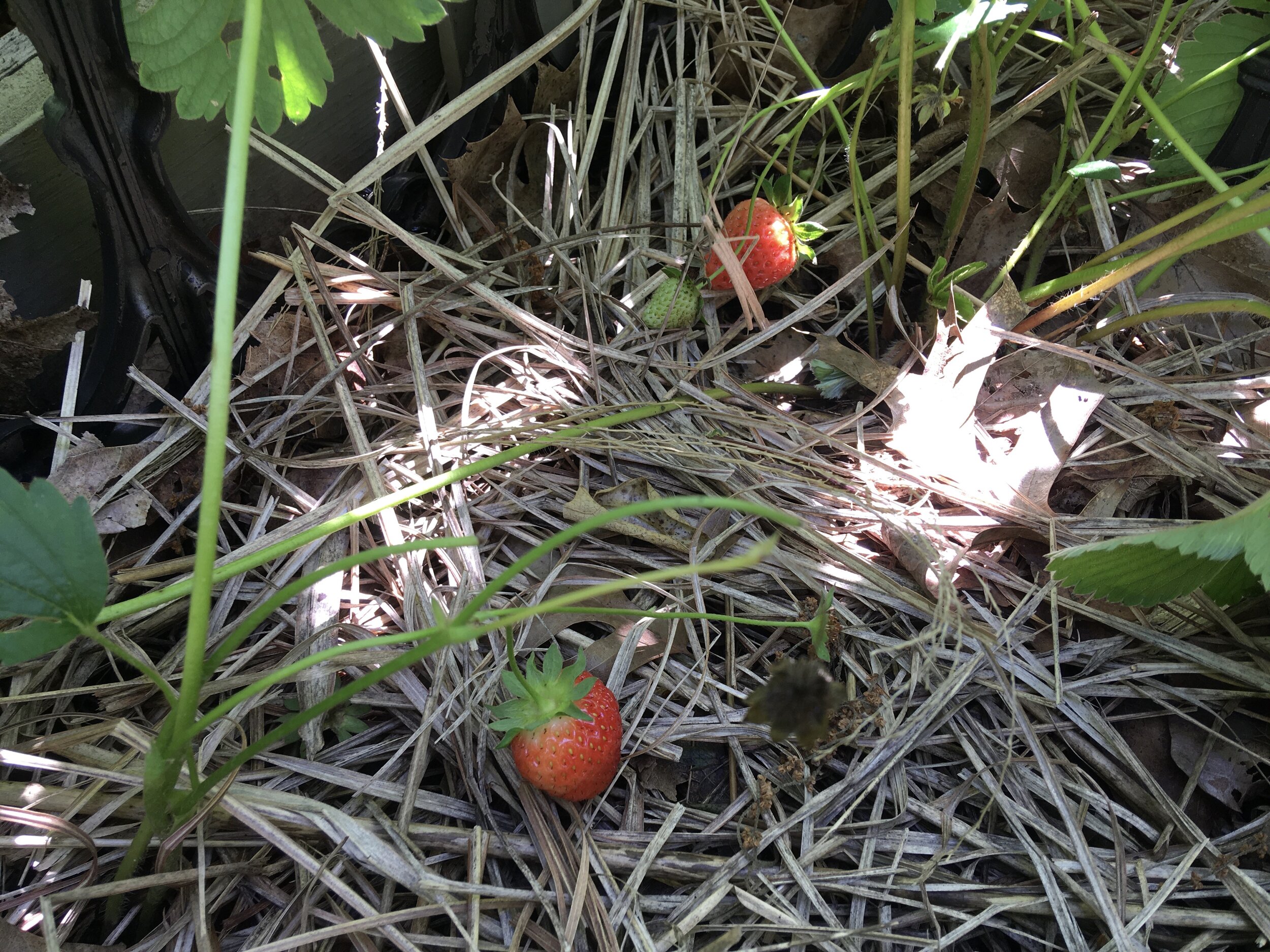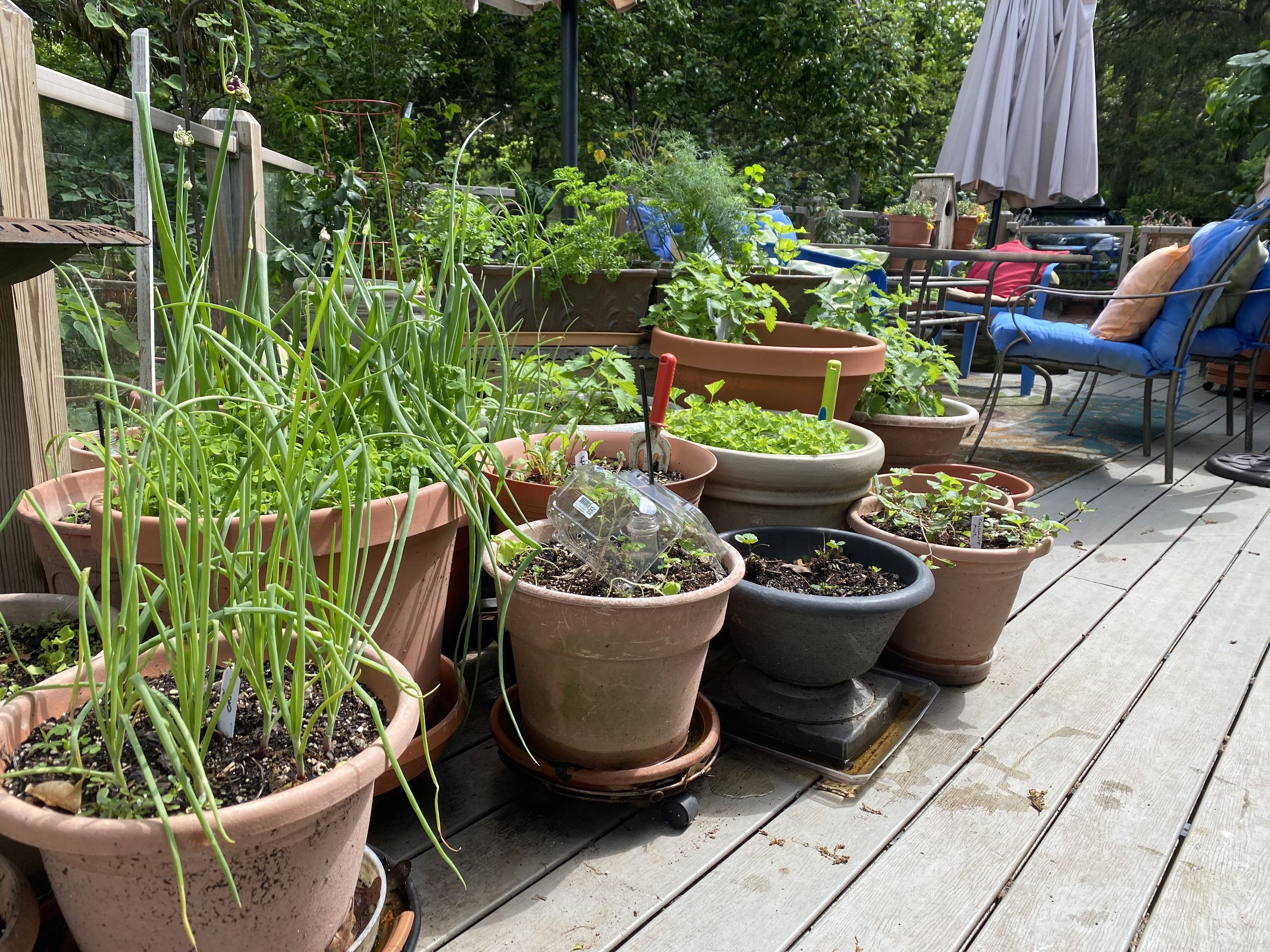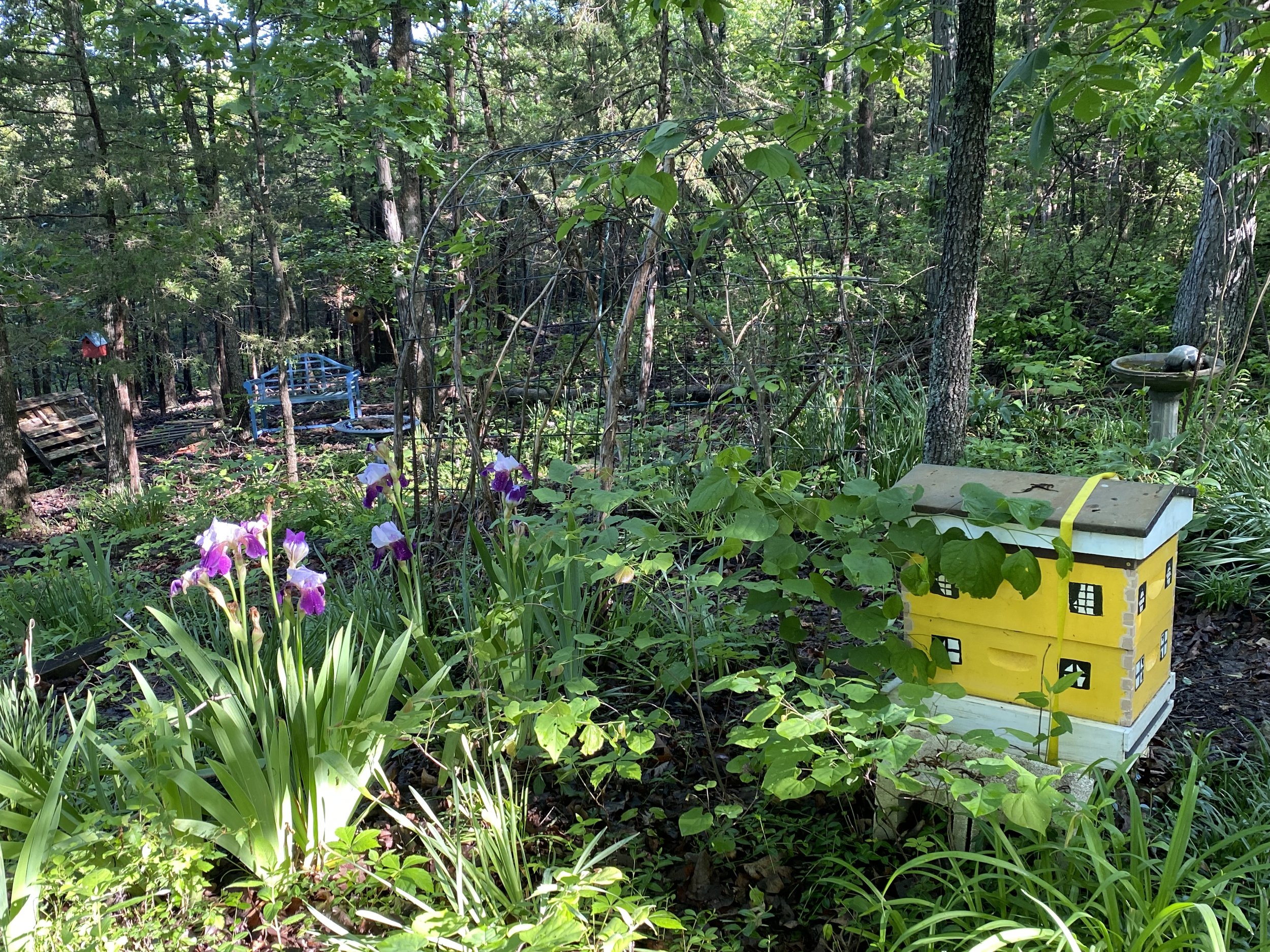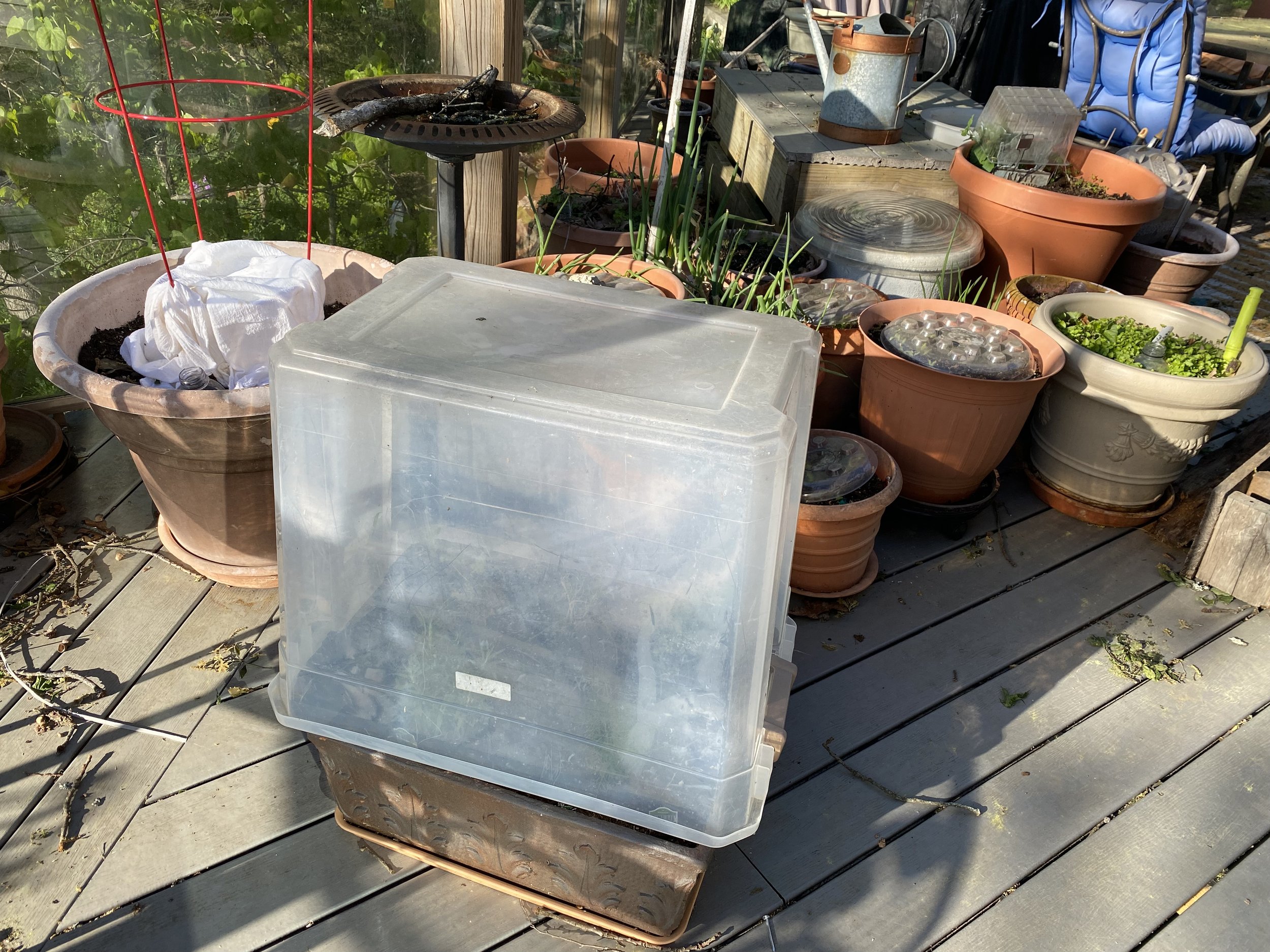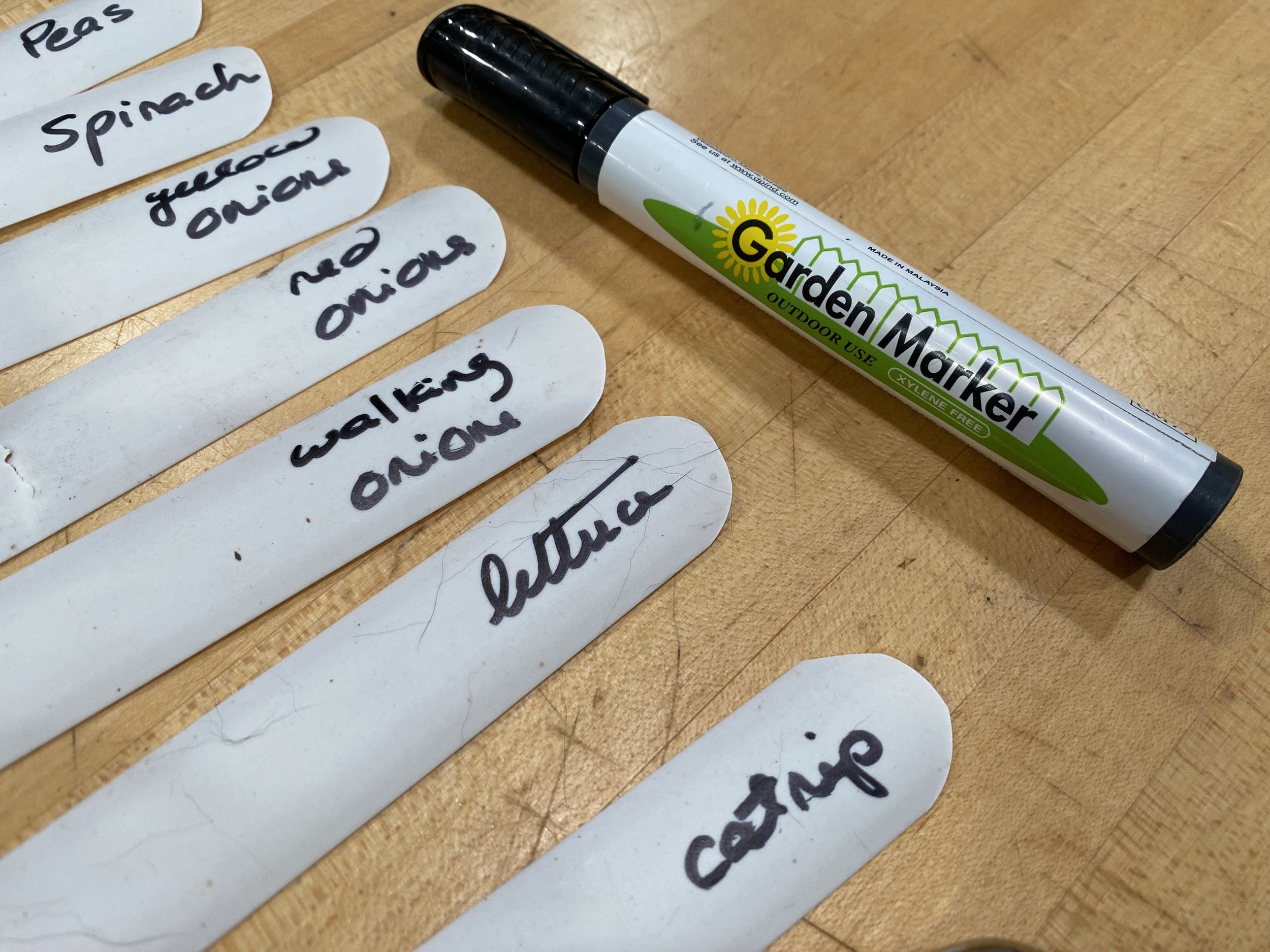Snow and Ice in Garden
/snow covers an inch of ice in my southern apiary. (charlotte ekker wiggins photo)
Snow and Ice in Garden
It’s easy to complain about winter snow and ice. However, there also are benefits to having this precipitation, starting with a reduction in areas with on-going drought. The following are pros and cons of ice in the garden and some suggestions on how to manage it.
Pros of Snow and Ice in the Garden
Insulation for Plants
Snow acts as a blanket: It traps air and insulates the soil, protecting plant roots and bulbs from extreme cold temperatures. This reduces the risk of frost damage.
Prevents soil heaving: By maintaining a steady ground temperature, snow prevents the freeze-thaw cycles that can push plants out of the soil.
Moisture Reservoir
Slow water release: When snow melts, it provides a steady supply of water that can penetrate deeply into the soil, replenishing moisture reserves in spring.
Protection for Perennials and Seeds
Shield against wind chill: Snow can prevent desiccation by protecting plants from drying winter winds.
Encourages dormancy: Consistent cold temperatures under the snow help plants maintain dormancy, reducing the risk of premature growth during winter thaws.
Pest and Disease Control
Kills off pests: Harsh freezes can reduce populations of overwintering pests, pathogens, and weed seeds in the garden.
Cons of Snow and Ice in the Garden
Weight Damage
Broken branches: Heavy snow and ice accumulation can snap branches, especially on evergreens or young trees.
Flattening plants: Snow can damage delicate plants that aren't strong enough to support its weight.
Ice Hazards
Ice suffocation: Ice layers can block airflow, potentially suffocating plants underneath.
Root rot risk: Prolonged ice in poorly drained soils can lead to waterlogging and root rot once the thaw begins.
Salt and Chemical Damage
De-icing runoff: Salt and chemical de-icers used on paths and driveways can leach into the garden, harming soil structure and plant health.
Soil Compaction
Frozen soil compaction: Walking on snowy or icy ground compacts the soil, reducing air and water permeability.
Delayed Growth
Cold soils in spring: Prolonged snow cover can delay soil warming, slowing down the spring planting season.
Tips to Manage Snow and Ice in Your Garden
Shake off snow gently from branches to prevent breakage.
Avoid using salt-based de-icers near garden beds; use cracked corn or sand instead.
Mulch plants before snow arrives to provide an extra layer of insulation.
Redirect runoff from melting snow to avoid flooding or salt contamination.
Prune trees and shrubs in the fall to remove weak branches that might break under snow.
Conclusion
With thoughtful management, the benefits of snow and ice often outweigh the negatives. And with snow you get a great excuse to stay warm and dry at home!
For more gardening, beekeeping, cooking and easy home decor tips, subscribe to Garden Notes, my free weekly newsletter.

